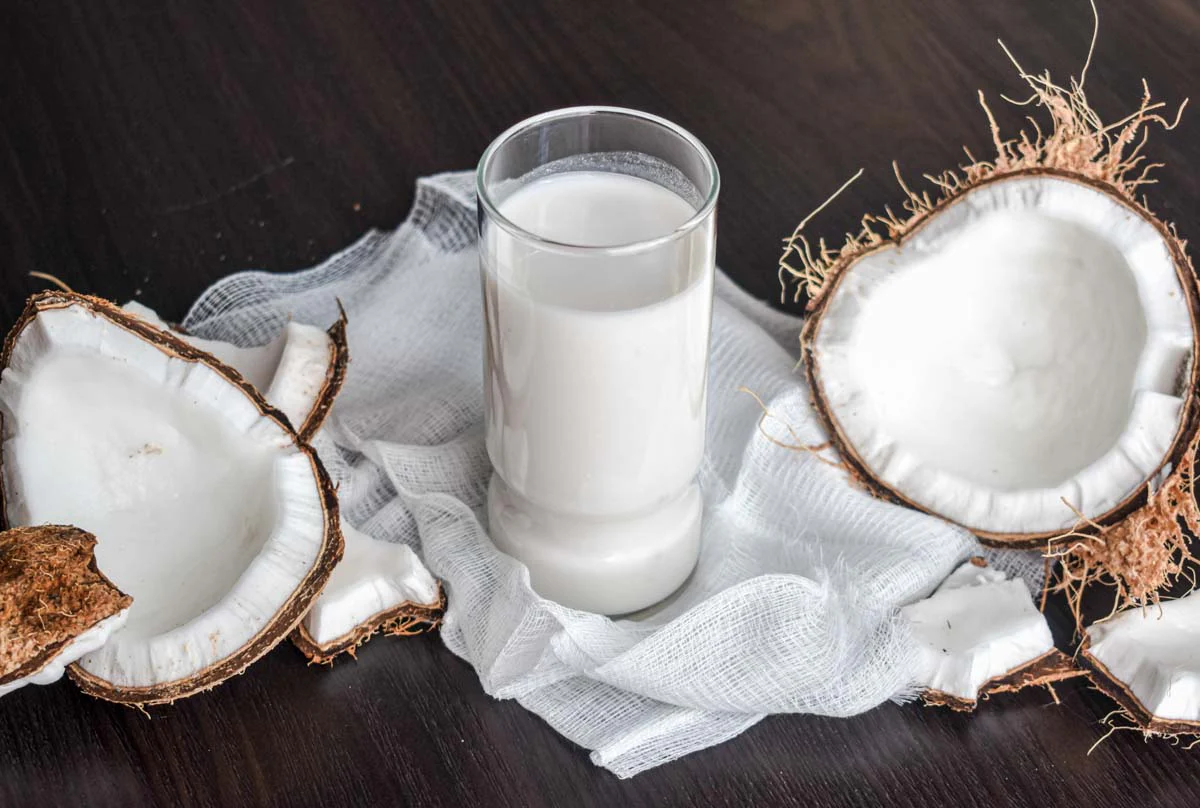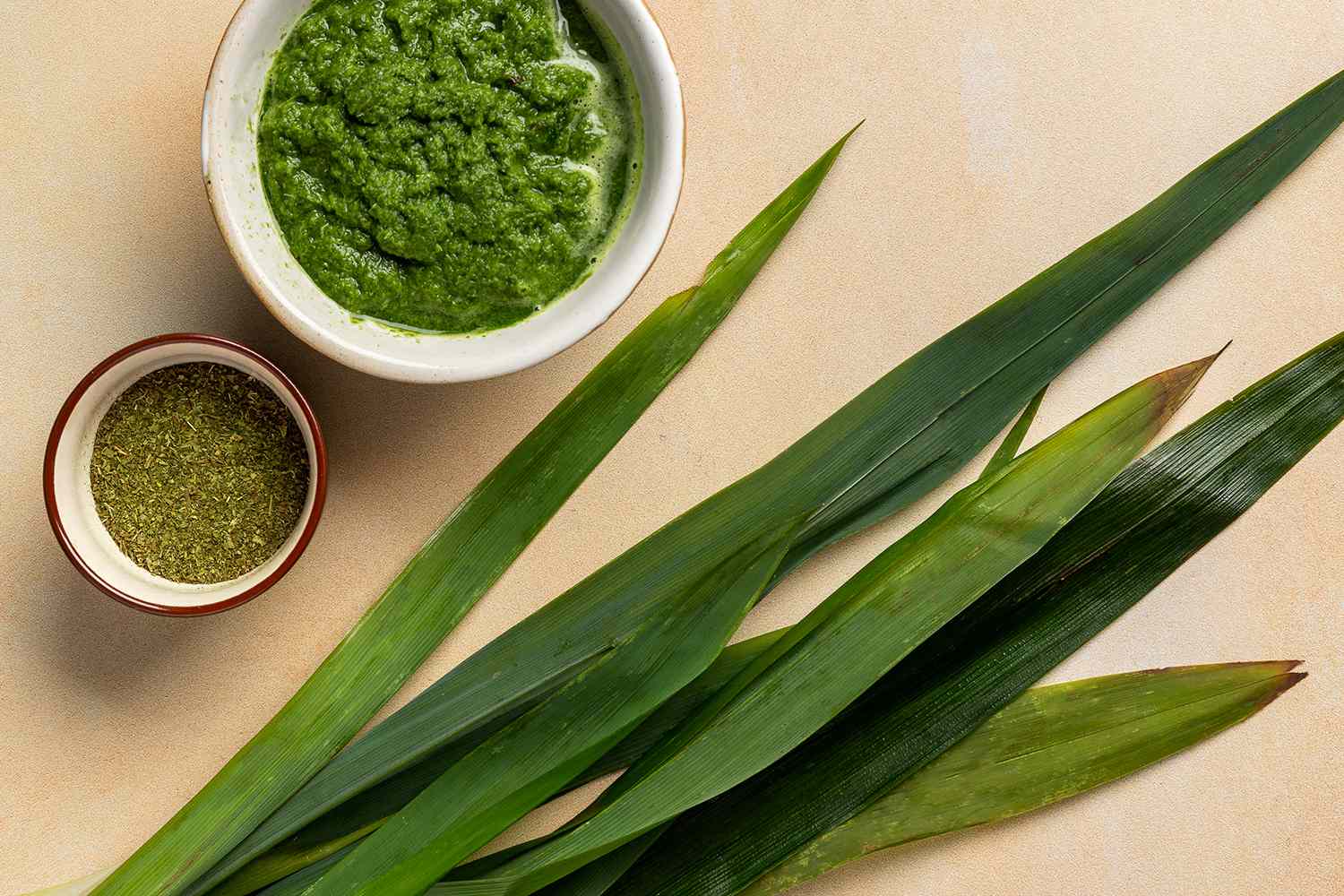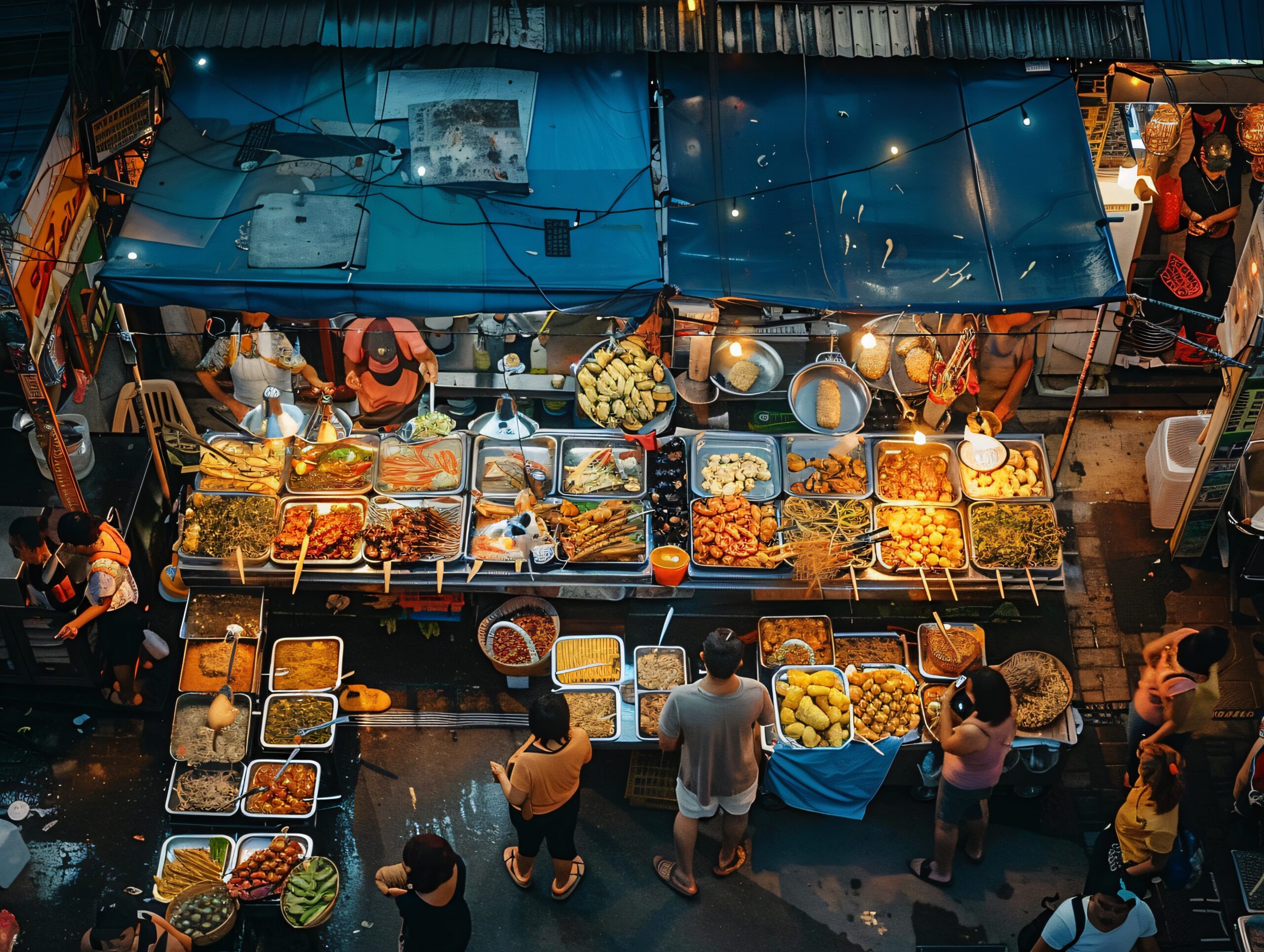Versatile Malaysian ingredients are available in many different shapes and sizes that can be used in multiple style dishes. Here are 6 amazing choices of ingredients that help enhance flavours.
Versatile Malaysian Ingredients #1: Tamarind

Tamarind or asam jawa is one ingredient in Malaysian food that is so versatile and powerful for the different types of dishes. It is an incomparable option used in savoury and sweet dishes alike. The ingredient is used throughout Malaysian dishes including in Assam Pedas — a spicy and sour fish stew. The dish actually honours tamarind’s ability to elevate the overall taste. The sourness brought by tamarind acts to cut through the richness from coconut milk and the spice from chilies into one harmonious blend.
Tamarind is also very common in sauces, marinades and dips because it offers a unique tang that adds to both depth and complexity. For instance, it is an essential element in the making of flavourful sambals or chilli-based condiments which are usually offered with just about every meal in Malaysia. In addition to its use in savoury dishes, tamarind is also used in sweet treats such as Bubur Asam — rice porridge to which tamarind lends a delightful tang.
Where tamarind shows versatility in beverages also includes being made into refreshing drinks such as Air Asam or a sour tamarind drink that is favoured by locals during the hot season. It is not only treasured for its taste but also due to its health benefits — rich in antioxidants and vitamins.
The tamarind represents a key to an amazing breadth of flavour that Malaysian cooks find indispensable, be it at simple daily meals or festive feasts. Tamarind’s ability to balance sweetness, acidity and spiciness makes it an often used ingredient, fitting into the rich tapestry of Malaysian culinary traditions.
Versatile Malaysian Ingredients #2: Belacan

Belacan is a fermented shrimp paste that is well-known in Malaysian cuisine and is celebrated for its depth and complexity that it gives to dishes. This umami condiment of ground shrimp and salt which undergoes fermentation gives it a robust flavour — savory and a little pungent.
Extremely versatile, belacan finds its way into a number of recipes across different Malaysian cultures. It is a key player in sambals where it is used to enhance flavour before being blended with fresh chilies, lime juice and a few other things into a fiery and pungent condiment that accompanies so many meals. In stir-fries, belacan adds a deep, savoury essence that makes simple vegetables and proteins be more elevated. It adds richness and complexity to curries and works well with aromatic spices and other common ingredients in Malaysian cooking. For instance, in dishes like Kangkung Belacan or stir-fried water spinach, it fuses very well with garlic and chilies in one aromatic and full-of-flavour dish.
@dapurtiyah sambal belacan mudah #fyp
♬ Cik Mek Molek – Dato’ M.Daud Kilau
Other uses of belacan include being a marinade which will render meats and seafood irresistible with that strong umami character. The unique flavour can take soups and stews up a notch — adding that saucy element to turn an ordinary dish into an extraordinary culinary experience.
This incredibly pungent aroma, if used sparingly, can turn ordinary ingredients into irreplaceable in any Malaysian kitchen. The versatility and umami of belacan does not just add flavour to every dish but showcases the culinary richness of Malaysia.
Versatile Malaysian Ingredients #3: Lemongrass

Lemongrass or serai as it is known in Malay is a fundamental herb in the Malaysian kitchen. Not only is it exceptionally versatile but it also adds depth to nearly any dish. This tall-stemmed plant emits a citrusy aroma that is crucial in Malaysian dishes ranging from soups and curries to marinades and drinks.
One of its distinctive properties is giving a fresh and zesty note that works well with the richness and most of the time, spiciness of Malaysian dishes. For example, lemongrass plays an important role in the famous Tom Yum soup by adding a fresh, deep taste to the hotness of chilli and the sour taste of lime. Similarly, in Laksa, a well-liked noodle soup, lemongrass adds to the aromatic broth that makes this dish stand out.
Besides soups and curries, lemongrass is often put into the marinade of meats especially the grilled ones like Satay. Its distinctive profile further elevates stir-fries and salads with its lightness — cutting through heavier ingredients. Moreover, lemongrass is not confined to savoury dishes only but also covers desserts and drinks such as refreshing lemongrass tea where its natural sweetness can be savoured.
Its versatility does not stop with food uses but is also common in traditional remedies for perceived health benefits from digestion to anti-inflammation. The aromatic oil of the plant is likewise popular in aromatherapy. In a nutshell, lemongrass is not just added to give flavour but as a key element to Malaysian cuisine since its dishes are being elevated with a fresher aroma and unique taste.
Versatile Malaysian Ingredients #4: Coconut Milk

Santan or coconut milk is an essential ingredient in Malaysian cooking known by many for its versatility and value addition to a wide range of dishes. It is naturally thick and creamy with a sweet nutty flavour extracted from the flesh of grated mature coconuts.
In savoury dishes, coconut milk plays a major role in traditional curries such as Rendang and Laksa where it generally soothes the hot spices and brings in richness. It makes a good base for thick gravies — giving depth and flavour to proteins such as chicken, beef and seafood. Coconut milk also makes up a considerable part of soups and stews — enhancing their richness and giving them a wonderful tropical aroma.
@aboutthismuch Do you know anyone who still buys their milks? #coconutmilk #coconutmilkrecipe #veganmilk #paleo #plantbasedmilk #cleaneating #healthyrecipes #nutmilk #homemade #dairyfree #dairyfreerecipes #healthybeverage #milkalternative
♬ Outfit of the Day – Trees and Lucy
It is also used to make popular desserts such as Kuih, Bubur Cha Cha and Cendol. These desserts show its sweet disposition and smooth texture which makes them decadent. Furthermore, versatility can also be witnessed in beverages such as the refreshing drinks Teh Tarik and Coconut Shake where its creamy consistency gives you a refreshing feel.
Also, coconut milk plays an important role in most of the Malaysian street food which adds uniqueness to such simple dishes. It finds a place in day-to-day cooking — reflecting the rich food heritage and multicultural influences of Malaysia.
With a subtle tendency toward balancing flavours, coconut milk merges well with all elements constituting the dish and contributes to the dish’s global appeal that characterises Malaysian cuisine. It is a key element both in homemade dishes and professional culinary settings.
Versatile Malaysian Ingredients #5: Turmeric

Kunyit, also known as Turmeric, is a pretty versatile ingredient in Malaysian cuisine — it is very valued because of the colour and the unique flavour. This spice is bright yellow in colour. Many traditional dishes require this spice. Its rich, earthy slightly bitter flavour with aromatic elements makes it appealing in everything from rich curries to aromatic rice dishes.
In Malaysian cooking, turmeric is used both fresh which is usually grated or sliced and powdered — more often the latter when spice blends or marinades are prepared. Classic dishes include Rendang, a stew of meat slowly cooked in coconut milk where turmeric is used not only for colouring but also for giving it a warm and aromatic flavour. In addition, it is a main ingredient in Nasi Kuning, a fragrant yellow rice dish mostly served during special occasions which allows it to turn humble rice into an extraordinary and mouthwatering dish on its own.
Turmeric is also valued because of its medicinal properties — one of which is to heal inflammation, making it a more popular spice in natural recipes. This makes it versatile even in drinks — a hot turmeric milk drink that is comforting due to the combination of the hot sensation from turmeric with the creaminess of milk that are consumed for health benefits.
This is a spice that elevates flavours and for that reason, turmeric is irreplaceable in Malaysian cuisine. Whether it is used in a rich stew, in a colourful rice dish or even refreshing drinks, its unique profile brings depth and complexity — becoming the essence of Malaysian cooking and putting forward the rich culinary heritage that marks this country.
Versatile Malaysian Ingredients #6: Pandan Leaves

Pandan leaves are very dear to Malaysian cuisine where they are more commonly known as daun pandan. These leaves are highly appreciated because of their sweet smelling aroma and flavour-enhancing properties. Pandan leaves are often described as sweet in fragrance and are utilised in numerous savoury and sweet dishes — being a versatile staple in Malaysian kitchens.
Sweet and almost comforting in aroma, they add an extra dimension to dishes when the leaves are used for flavour in cooking such as nasi lemak. Bright green leaves can be knotted and stewed or curried to add a subtle sweetness to the otherwise rich stews and curries. In desserts, pandan serves as the base in a variety of sweet treats from kuih to pulut where its essence plays a pleasant contrast to coconut milk and palm sugar. Pandan leaves are also blended for their natural green food colouring which is common in dishes such as pandan chiffon cake and pandan kuih lapis.
@saengdouangdara Replying to @Tripple Point pronouncing pandan #pandan #southeastasia #foodietiktok #laofood #pronounciation
♬ original sound – Saeng
Other than for culinary purposes, the leaves are said to be healthy as they possess antioxidant and anti-inflammatory properties — one of the reasons they are so in demand in herbal teas and remedy preparations. Their availability is easy in local markets which creates an ease of access and everyday importance in Malaysian cooking. Their versatility extends to beverages as well where pandan can be infused into drinks such as bandung or pandan tea.
More than anything, pandan leaves are not just flavour enhancers but an integral part of Malaysian culture — adding onto the bright tapestry of flavours defining this country’s culinary heritage. Their ability to elevate any dish with their fragrant touch has made them a favourite ingredient both in home cooking and in professional kitchens across Malaysia.




